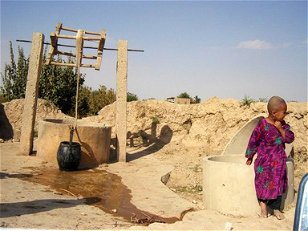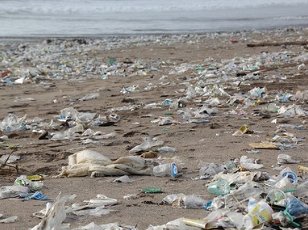This quiz takes a look at how we have affected our environment in various ways. Accidents or ignorance are usually involved, sometimes with big impacts.
Average, 10 Qns, suomy,
Dec 29 24
 The availability of fresh water, a necessity of life, is taken for granted in the western world. However not everyone has access to clean water. In fact many people are told, "Don't drink the water". This quiz highlights the lack of clean water to many.
The availability of fresh water, a necessity of life, is taken for granted in the western world. However not everyone has access to clean water. In fact many people are told, "Don't drink the water". This quiz highlights the lack of clean water to many. 
|
|
|
|
 Quick Question
Quick Question|
|
 = Top 5% Rated Quiz,
= Top 5% Rated Quiz,
 Top 10% Rated Quiz,
Top 10% Rated Quiz,
 Top 20% Rated Quiz,
Top 20% Rated Quiz,
 A Well Rated Quiz
A Well Rated Quiz
· All questions, answers, and quiz content on this website is copyright FunTrivia, Inc and may not be reproduced without permission. Any images from TV shows and movies are copyright their studios, and are being used under "fair use" for commentary and education.